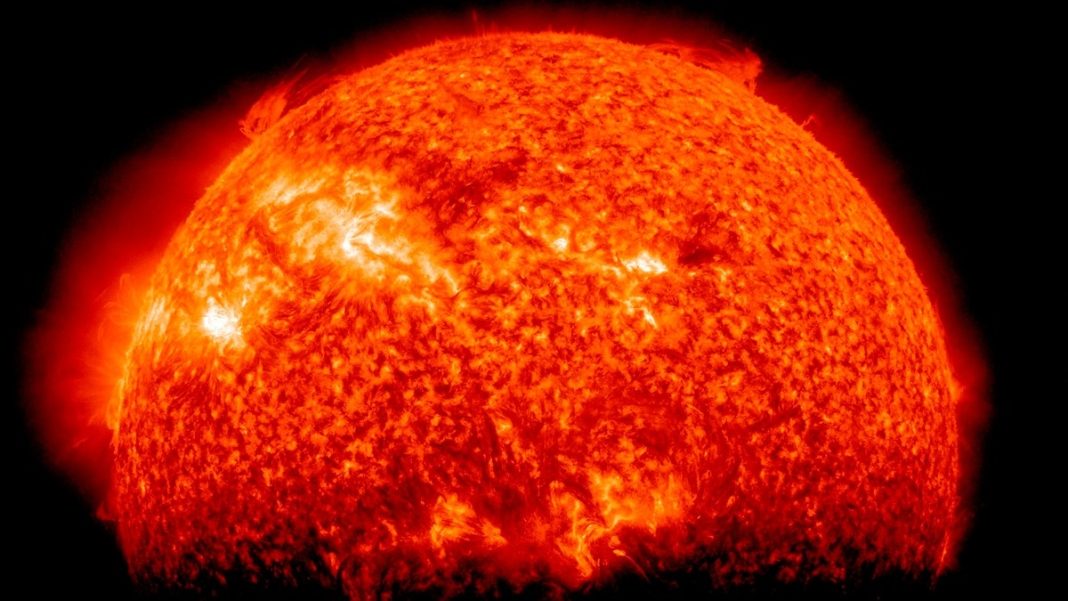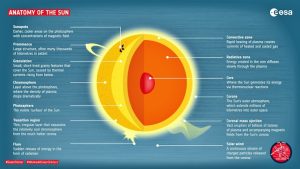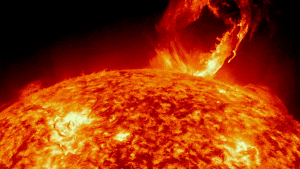Key Takeaways
- Scientists directly observed elusive torsional Alfvén waves in the Sun’s corona for the first time
- These waves could solve the 80-year-old “coronal heating problem”
- The discovery was made using the world’s most powerful solar telescope in Hawaii
Researchers have solved an 80-year solar mystery by directly detecting small-scale magnetic waves in the Sun’s corona that could explain why the outer atmosphere is millions of degrees hotter than the surface.
The breakthrough discovery of torsional Alfvén waves, published in Nature Astronomy, was made using the Daniel K. Inouye Solar Telescope (DKIST) in Hawaii. This finding may finally unravel how the corona reaches extreme temperatures while the solar surface remains at about 5,500°C.
What Are Alfvén Waves?
Alfvén waves, named after 1942 Nobel laureate Hannes Alfvén, are magnetic disturbances that travel through plasma – the electrically charged gas composing the Sun. While larger Alfvén waves linked to solar flares were known, the subtle, ever-present twisting waves had remained undetected until now.
Groundbreaking Detection Method
Professor Richard Morton of Northumbria University led the international team that employed DKIST’s Cryogenic Near-Infrared Spectropolarimeter (Cryo-NIRSP) to identify twisting motions within coronal plasma.
The instrument analyzed highly ionized iron at 1.6 million degrees Celsius, detecting tiny Doppler shifts on opposite sides of magnetic structures caused by the twisting waves. Professor Morton also developed new analytical techniques to separate these subtle torsional signals from dominant ‘kink’ waves that usually mask them.
Solving the Coronal Heating Problem
The confirmation of small-scale torsional Alfvén waves may solve the long-standing “coronal heating problem.” These waves appear powerful enough to transfer energy and heat the corona to temperatures greatly exceeding the Sun’s surface.
The discovery also identifies a key driver of the solar wind and will help refine space weather models. This advances our ability to forecast solar storms that can disrupt satellites, GPS systems, and power grids on Earth.
The international collaboration involving researchers from the UK, China, Belgium and the US marks a new era in high-resolution solar physics, laying groundwork for future exploration of our star’s fundamental dynamics.






